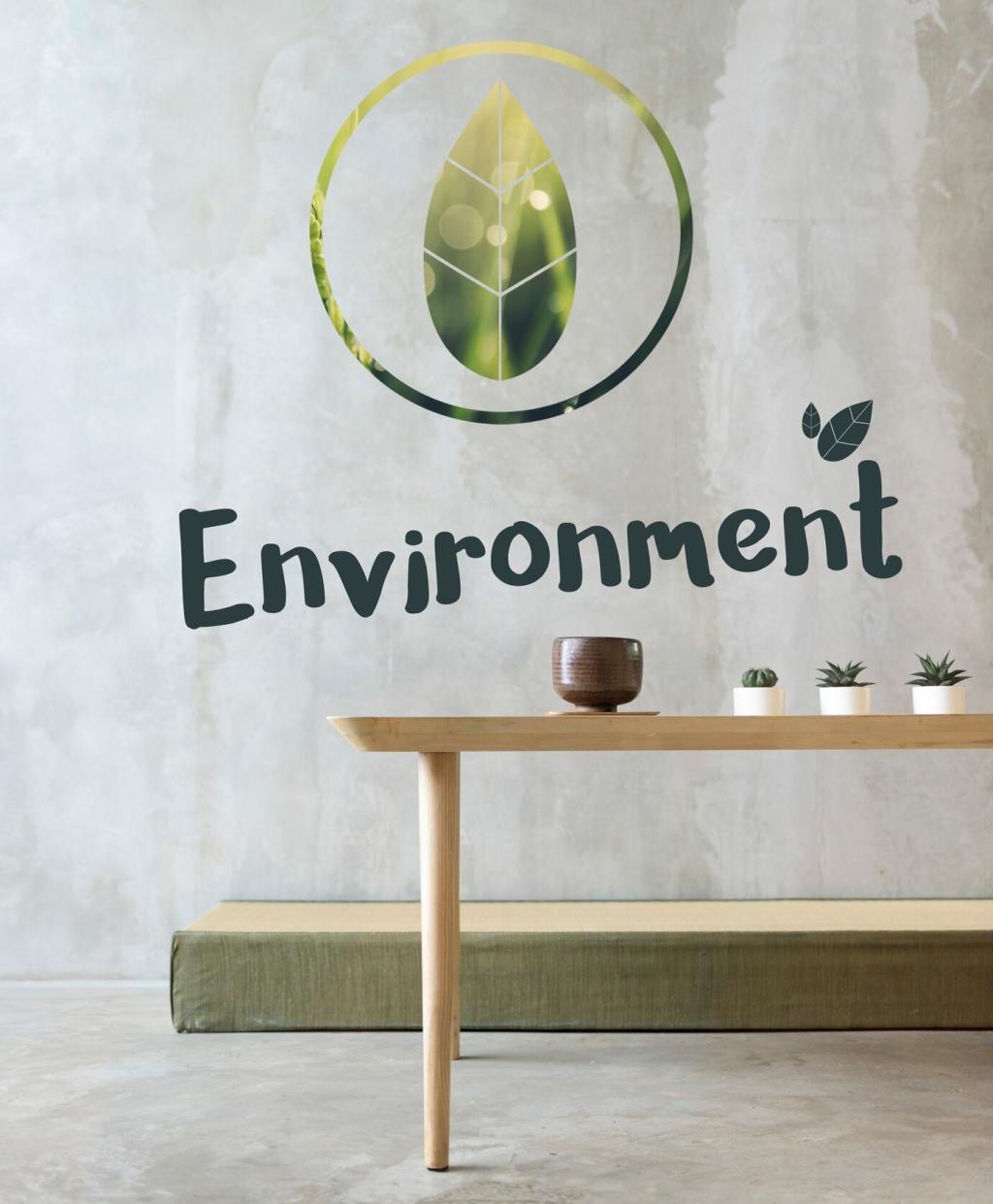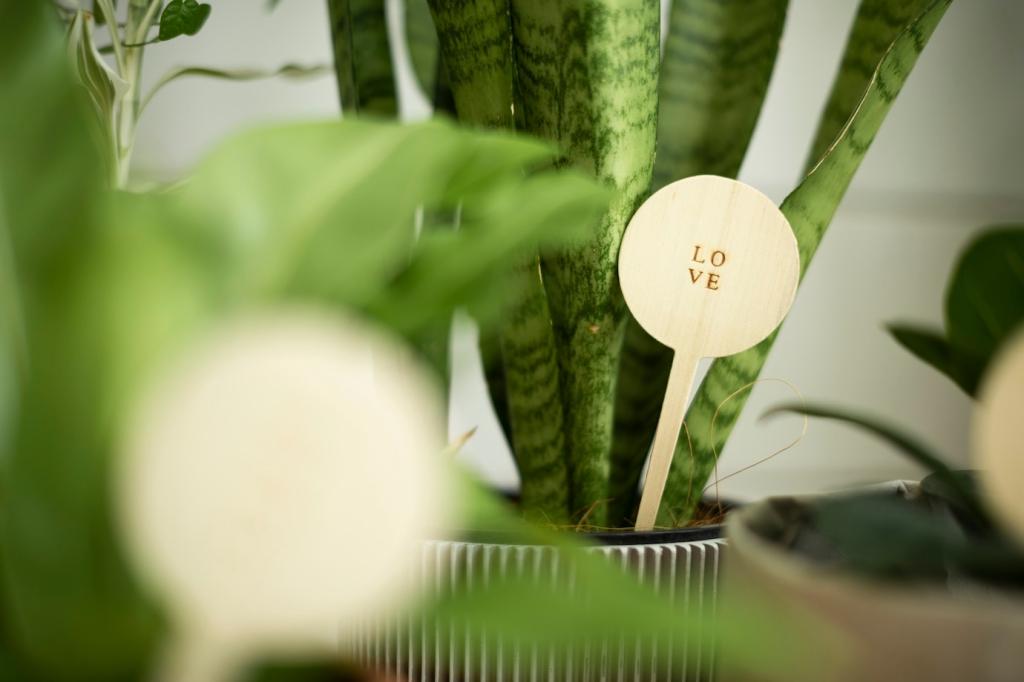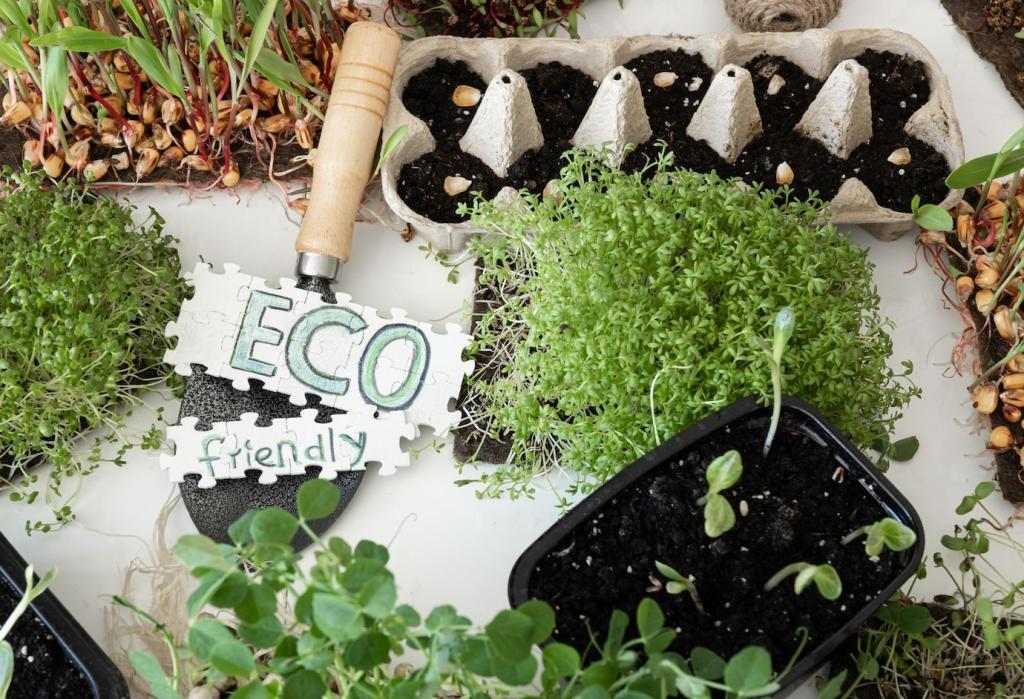Disinfecting, the Non-Toxic Way
Three-percent hydrogen peroxide can disinfect hard, non-porous surfaces when allowed to remain visibly wet for several minutes. Always read labels for exact dwell time. Soap and water remove many germs mechanically, which is often enough for routine cleaning. Reserve disinfection for high-risk moments and surfaces.
Disinfecting, the Non-Toxic Way
Pressurized steam above 212°F tackles grease and can kill many microbes without residues. It shines on sealed tile, grout, glass, and hard toys. Move slowly so heat can work, and avoid delicate finishes that dislike moisture. A quick pass can refresh fabric surfaces better than heavy fragrances ever could.






